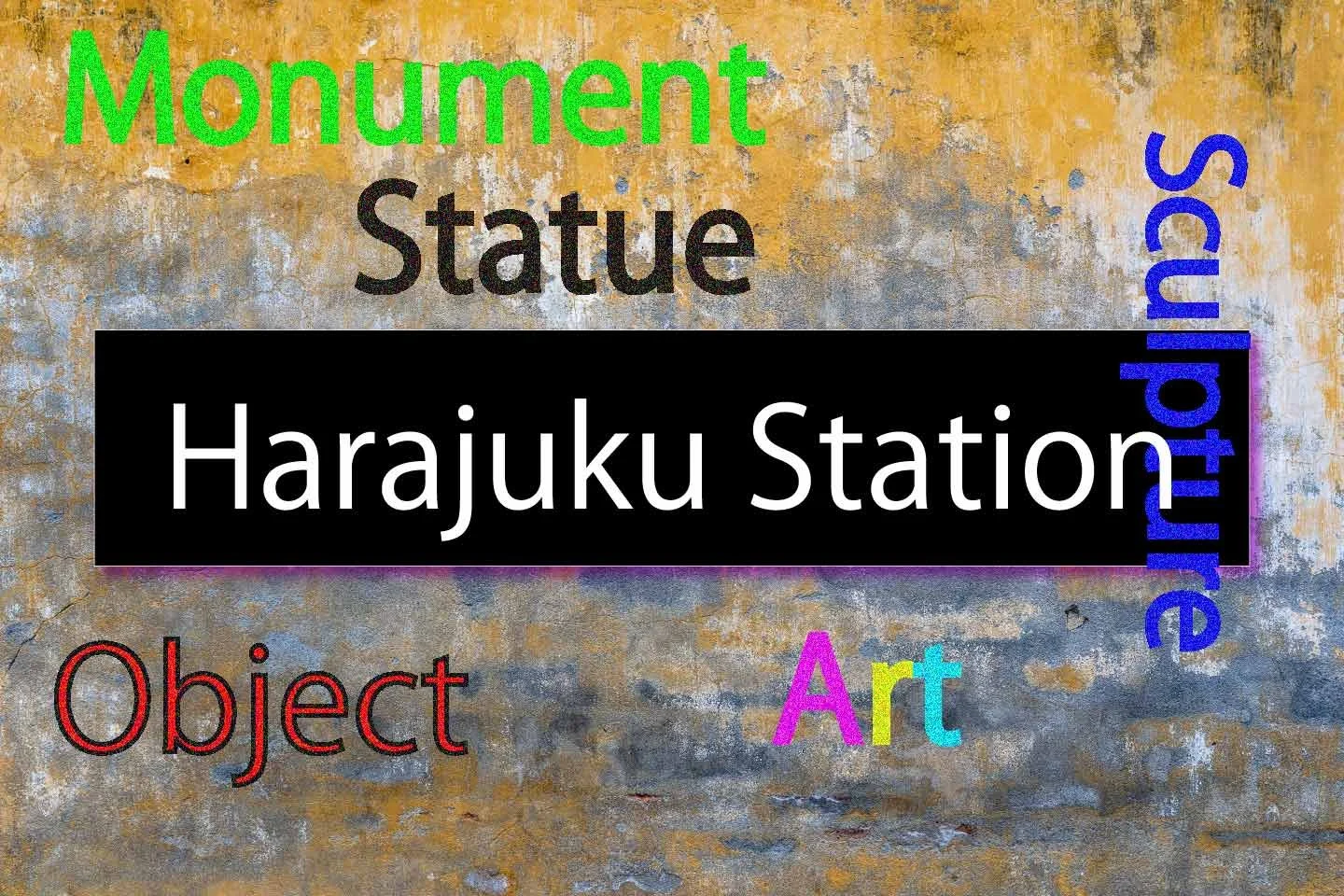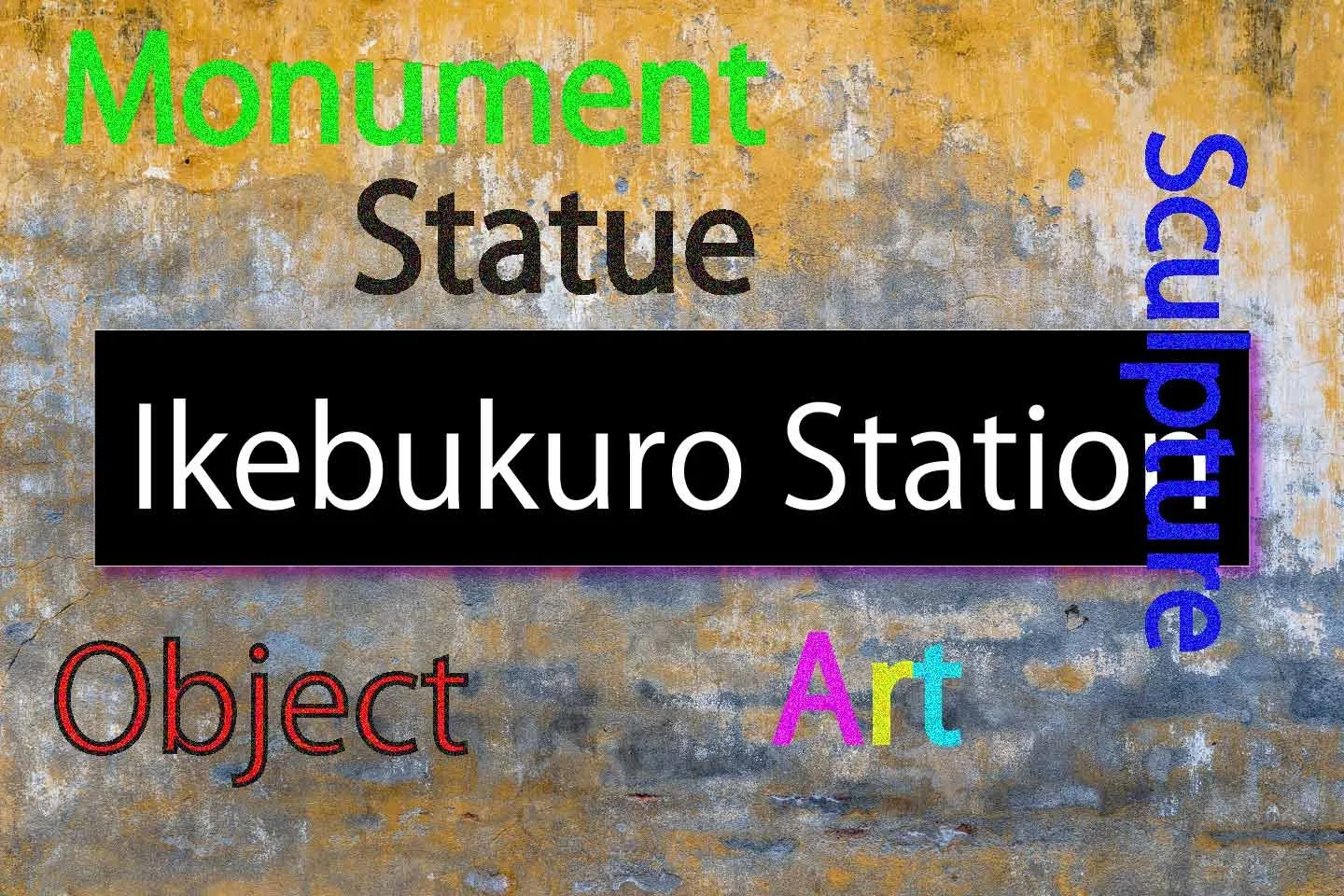Attractions around Kitasenju-3 artworks-
※updated on August 10 2025
Whenever someone achieves something or takes on a challenge, it is because they first had the courage to take that very first step—only then does success await. It was Matsuo Bashō who elevated haiku from a light, playful verse form into one of Japan’s most celebrated literary traditions.
Old pond—
a frog leaps in,
sound of water.
This verse, one of Bashō’s masterpieces, is also among the most famous haiku in Japanese literature. While many might have focused on depicting the frog itself, Bashō shifted attention to the sound of water, perfectly aligning the visual scene with its accompanying sound.
Born into a farming family, Bashō devoted himself to haiku from an early age. Through his deep insights into nature and human life, he transformed haiku into a more profound literary form, infusing it with the philosophy of fueki ryūkō—a fusion of tradition and innovation. This principle values that which is timeless and unchanging, while also embracing new developments that arise with the changing times.
In this way, Matsuo Bashō became one of the greatest figures in elevating haiku to a globally respected literary art. In his later years, he traveled extensively, producing travel journals—most famously The Narrow Road to the Deep North. This work remains beloved today, inspiring a wide variety of related content across different fields. The journey began in Senju, which is why several monuments dedicated to Bashō can still be found there today.
1) Monument of the First Use of the Writing Brush
The Yatate Hajime Monument in Senju, located in Kitasenju, Adachi City, Tokyo, marks the spot where the haiku master Matsuo Bashō began his journey described in The Narrow Road to the Deep North. In 1689 (Genroku 2), Bashō departed from his hermitage in Fukagawa, traveled up the Sumida River by boat, and arrived in Senju, where he was seen off by disciples and acquaintances before heading north. It was here that he composed the famous verse, "Parting spring— / birds cry, and in the eyes / of fish are tears", which is also inscribed on the monument. The term yatate hajime literally means “first use of the brush” and refers to the beginning of writing a travel diary. The monument stands near Senju Moto Hikawa Shrine and is a notable spot in Kitasenju where visitors can feel both history and the sentiment of travel.
2) Statue of Matsuo Bashō
About a five-minute walk from Kitasenju Station stands a statue of Matsuo Bashō. This sculpture was crafted from cedar wood sourced from Kanuma City in Tochigi Prefecture, and was shaped by skillfully carving the cedar with a chainsaw.
3) Kanpai - Symbolic artwork in front of station
In front of Kitasenju Station, there is a large rotary and a pedestrian deck. On the pedestrian deck stands an art piece that appears to show dolphins leaping from a raised glass. The work is titled Kanpai. Upon closer inspection, you can spot 15 dolphins — the number 15 is considered highly auspicious in Japan, symbolizing encounters and the nurturing of love.
Anyone who has been here knows that this spot also serves as a popular meeting place, where people can be seen gathering at all hours of the day and night. The artist’s intention was to create a place where wonderful encounters could happen, with the hope that people would soar high like dolphins from this very spot. This space, where urban design and art are beautifully integrated, carries a meaningful message and is well worth visiting.
Similar Content
Popular Area







